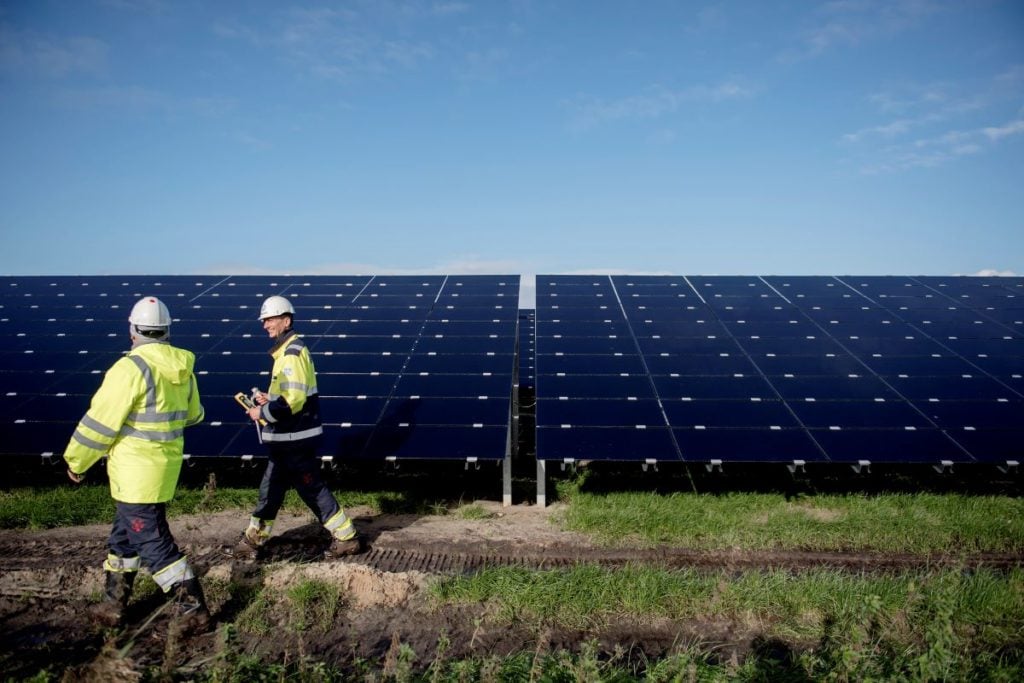
Norwegian energy company Statkraft has reduced its target to build solar PV, battery energy storage systems (BESS) and wind capacity from 2026 onwards.
In a statement, the company said it will reduce solar PV, BESS and onshore wind capacities to 2-2.5GW from 2026 onwards, down from 2.5-3GW for 2025 and 4GW for 2030. The company will also prioritise investments in growth in solar PV, wind and batteries in Europe and selected international markets, in addition to hydropower and market operations in Norway. The company will continue to build offshore wind and hydrogen projects, but plans to divest the district heating business and find investors in the biofuels company Silva Green Fuel and EV charging company Mer.
Try Premium for just $1
- Full premium access for the first month at only $1
- Converts to an annual rate after 30 days unless cancelled
- Cancel anytime during the trial period
Premium Benefits
- Expert industry analysis and interviews
- Digital access to PV Tech Power journal
- Exclusive event discounts
Or get the full Premium subscription right away
Or continue reading this article for free
“The market conditions for the entire renewables industry have become more challenging. We are therefore sharpening our strategy to allocate the capital to the most value-creating opportunities with the best strategic fit,” said Birgitte Ringstad Vartdal, president and CEO of Statkraft.
Vartdal assumed her new position on 1 April 2024, as reported by PV Tech.
Statkraft’s decision came after its annual strategic review. The company added that the energy transition will continue to support its growth strategy.
Last month, Indian solar module manufacturer Waaree Energies signed an agreement to supply 445MW of modules to Statkraft India for a project in Bikaner, Rajasthan. The deal involves Waaree’s 540W dual glass bifacial models, and the company expects them to arrive between May and August this year. The deal will support Statkraft India’s growing presence in the country.






